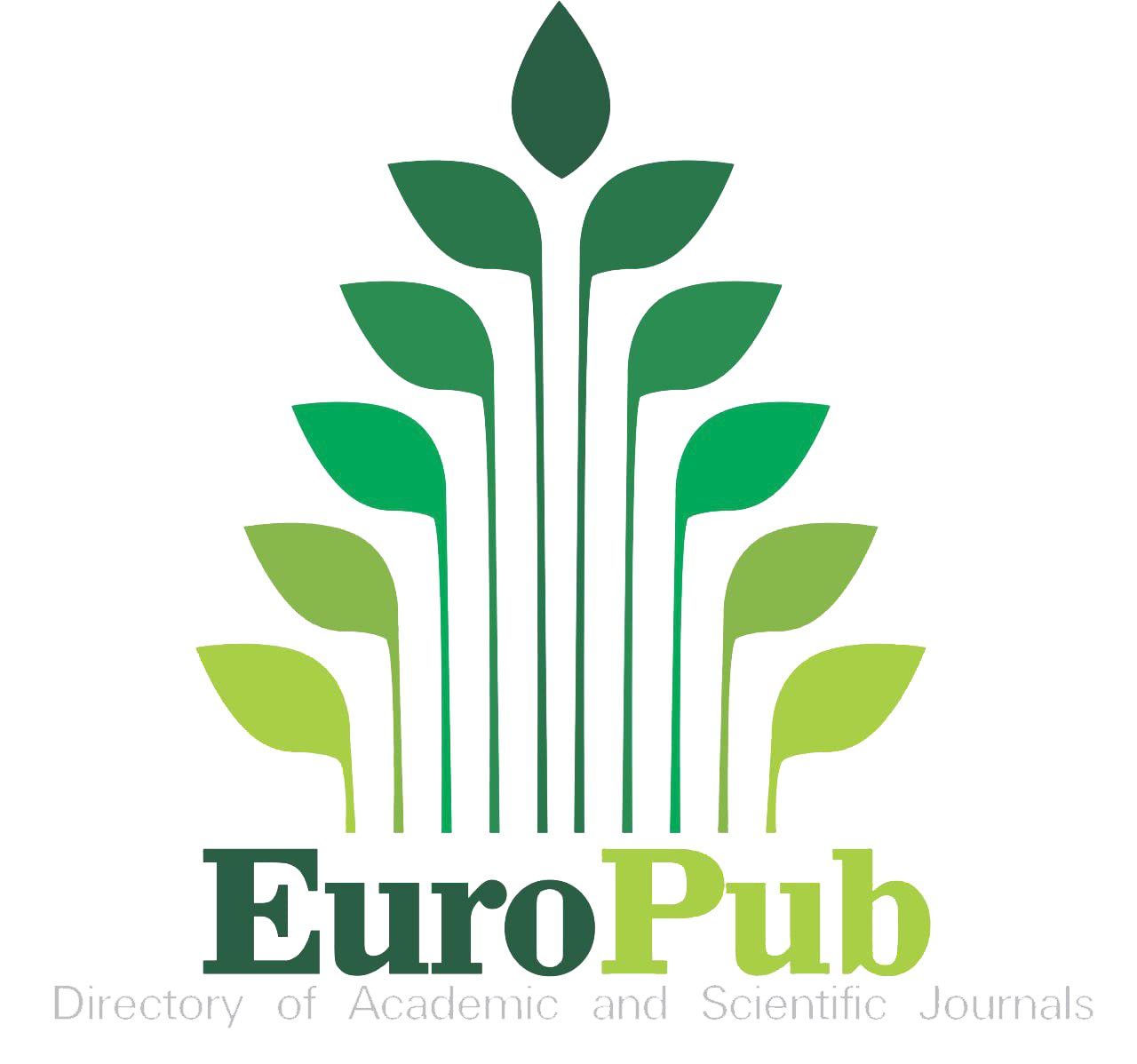Abstract
Major depressive disorder represents a growing concern as its prevalence keeps rising worldwide; with this rising, there is also an increased demand in the field of oral medicine in developed countries, and since many disorders and orofacial pain have been linked to be associated with psychiatric disorders and conditions, this study was aimed to evaluate burning mouth syndrome and salivary chromogranin A in major depressive disorder patients. The study sample included 49 patients who received a diagnosis of major depressive disorder, being under treatment for at least two weeks. The control group consists of 34 healthy subjects with no signs & symptoms of systemic disease. The study group received the diagnosis according to The Diagnostic and Statistical Manual of Mental Disorders, Fifth Edition (DSM5), in Najaf city. The results showed that for the study sample, 23 (46.9%) patients had Burning Mouth Syndrome (BMS), while 26 (53.1%) patients did not have BMS for the study group. As for the control group, 5 (14.7%) individuals reported having BMS, and 29 (85.3%) didn’t. The findings of the present study revealed a significant difference in salivary chromogranin A levels between the study and control groups (p < 0.05) using a t-test. We found salivary chromogranin A is an excellent salivary biomarker for MDD., and MDD patients have much higher incidents of reporting BMS, indicating the importance of psychological factors in this condition.
Recommended Citation
Althabhawee, Ameer Ali and Zaidan, Taghreed Fadhil
(2023)
"Evaluation of burning mouth syndrome and salivary chromogranin A in major depressive disorder patients,"
Maaen Journal for Medical Sciences: Vol. 2
:
Iss.
1
, Article 4.
Available at: https://doi.org/10.55810/2789-9136.1015
References
- Menard C, Hodes GE, Russo SJ. Pathogenesis of depression: insights from human and rodent studies. Neuroscience [Internet]. 2016 May;321:138e62. Available from: https://www.ncbi.nlm.nih.gov/pmc/articles/PMC4664582/.
- Russo S, Nestler E. Hjernen belønner kretsløpet i humørsykdommer. Nat Rev Neurosci 2013;14:609e25.
- Schmidt HD, Shelton RC, Duman RS. Functional biomarkers of depression: diagnosis, treatment, and pathophysiology. Neuropsychopharmacology 2011;36(12):2375e94.
- Alyasiri A, Sami. Symptoms profile of patients with major depression in Baghdad [cited 2023 Feb 5] AlKindy Col Med J [Internet]. 2015 Jun 30;11(1):6266. Available from: https://jkmc.uobaghdad.edu.iq/index.php/MEDICAL/article/view/411.
- Jasim Hadeel M, Ali BM, AlKaseer, Eman A, Aldiwan J. Depression among females in ALSader city, Baghdad, Iraq. JFacMedBagdad [cited 2023 Feb 5](3);vol. 59. 2017 Oct 1. p. 231233. Available from: https://iqjmc.uobaghdad.edu.iq/index.php/19JFacMedBaghdad36/article/view/94.
- Aljuboori Sahar B, Azeez AA, Mahmood Fathel R, Talab H. Evaluate factors influencing depression in Baghdad: using DeckDepression inventory. Innov Pharm 2019;10(3).
- Kathem Sarmed H, AlJumail AA, NoorAldeen M, Najah N, Khalid A. Measuring depression and anxiety prevalence among Iraqi healthcare college students using hospital anxiety and depression scale. Pharm Pract 2021;19(2).
- Altaha lama H. The Missed symptoms of behjet's disease. J Fac Med Baghdad 2021;63(1):13e7. Available from: https://iqjmc.uobaghdad.edu.iq/index.php/19JFacMedBaghdad36/article/view/1818.
- Kessler RC, Bromet EJ. The epidemiology of depression across cultures. Annu Rev Publ Health 2013 Mar 18;34(1):119e38. Available from: https://www.ncbi.nlm.nih.gov/pmc/articles/PMC4100461/.
- Bromet E, Andrade LH, Hwang I, Sampson NA, Alonso J, de Girolamo G, et al. Cross-national epidemiology of DSM-IV major depressive episode. BMC Med 2011 Jul 26;9(1).
- Malhi GS, Mann JJ. Depression. Lancet 2018 Nov 2;392(10161):2299e312.
- Hirschfeld RMA. The epidemiology of depression and the evolution of treatment. J Clin Psychiatry 2012 Jul;73(suppl 1):5e9.
- Nagasawa S, Nishikawa Y, Li J, Futai Y, Kanno T, Iguchi K, et al. Simple enzyme immunoassay for the measurement of immunoreactive chromogranin A in human plasma, urine and saliva. Biomed Res 1998;19(6):407e10.
- Escribano D, Gutierrez A, Tecles F, Ceron J. Changes in saliva biomarkers of stress and immunity in domestic pigs exposed to a psychosocial stressor. Res Vet Sci 2015;102:38e44.
- Diaz M, Bocanegra OL, Teixeira R, Soares S, Espindola F. Response of salivary markers of autonomic activity to elite competition. Int J Sports Med 2012;33(9):763e8.
- Kamala K, Sankethguddad S, Sujith S, Tantradi P. Burning mouth syndrome. Indian J Palliat Care 2016;22(1):74.
- Fortuna G, Napenas J, Su N, Gruskha M, Klasser GD. Oral dysesthesia. Contemporary oral medicine a comprehensive approach to clinical practice. Cham: Springer; 2019. p. 2081e105.
- Liu Y, Kim Y, Yoo T, Han P, Inman J. Burning mouth syndrome: a systematic review of treatments. Oral Dis 2018;24(3):325e34.
- Klasser GD, Fischer DJ, Epstein JB. Burning mouth syndrome: recognition, understanding, and management. Oral Maxillofac Surg Clin 2008;20(2):255e71.
- Winkler H, FischerColbrie R. The chromogranins A and B: the first 25 years and future perspectives. Neuroscience 1992;49(3):497e528.
- TA, Teixeira AL, Amaral TM, Talita S, Abreu MH, Silva TA, et al. Psychiatric disorders in burning mouth syndrome. J Psychosom Res 2012;72(2):142e6.
- AlAswad Fawaz D. Oral manifestations, biochemical, and IL6 analysis of saliva in major depressive disorder patients under treatment. 2013. Available from: https://platform.almanhal.com/Files/2/70963.
- Low PA, Dotson RM. Symptomatic treatment of painful neuropathy. JAMA 1998;280(21):1863e4.
- Helle KB. Some chemical and physical properties of the soluble protein fraction of bovine adrenal chromaffin granules. Mol Pharmacol 1966;2(4):298e310. Available from: https://molpharm.aspetjournals.org/content/2/4/298/tabarticle-info.
- Sato F, Hasegawa T, Katayama Y, Iwanaga T, Yanaihara N, Kanno T, et al. Molecular cloning of equine chromogranin A and its expression in endocrine and exocrine tissues. J Vet Med Sci 2000;62(9):953e9.
- Kanno T, Asada N, Yanase H, Iwanaga T, Ozaki T, Nishikawa Y, et al. Salivary secretion of highly concentrated chromogranin A in response to noradrenaline and acetylcholine in isolated and perfused rat submandibular glands. Exp Physiol 1999;84(6):1073e83.
- Lee T, Shimizu T, Iijima M, Obinata K, Yamashiro Y, Nagasawa S. Evaluation of psychosomatic stress in children by measuring salivary chromogranin A. Acta Paediatr 2006 Aug 1;95(8):935e9.
- Kanamaru Y, Kikukawa A, Shimamura K. Salivary chromograninA as a marker of psychological stress during a cognitive test battery in humans. Stress 2006;9(3):127e31. https://doi.org/10.1080/14769670600909594.
- Nakane H, Asami O, Yamada Y, Harada T, Matsui N, Kanno T, et al. Salivary chromogranin A as an index of psychosomatic stress response. Biomed Res 1998;19(6):401e6.
- Matsumoto T, Asakura H, Hayashi T. Increased salivary chromogranin A in women with severe negative mood states in the premenstrual phase. J Psychosom Obstet Gynecol [Internet]. 2012;33(3):120e8. https://doi.org/10.3109/0167482X.2012.697498.
















Indexed in: